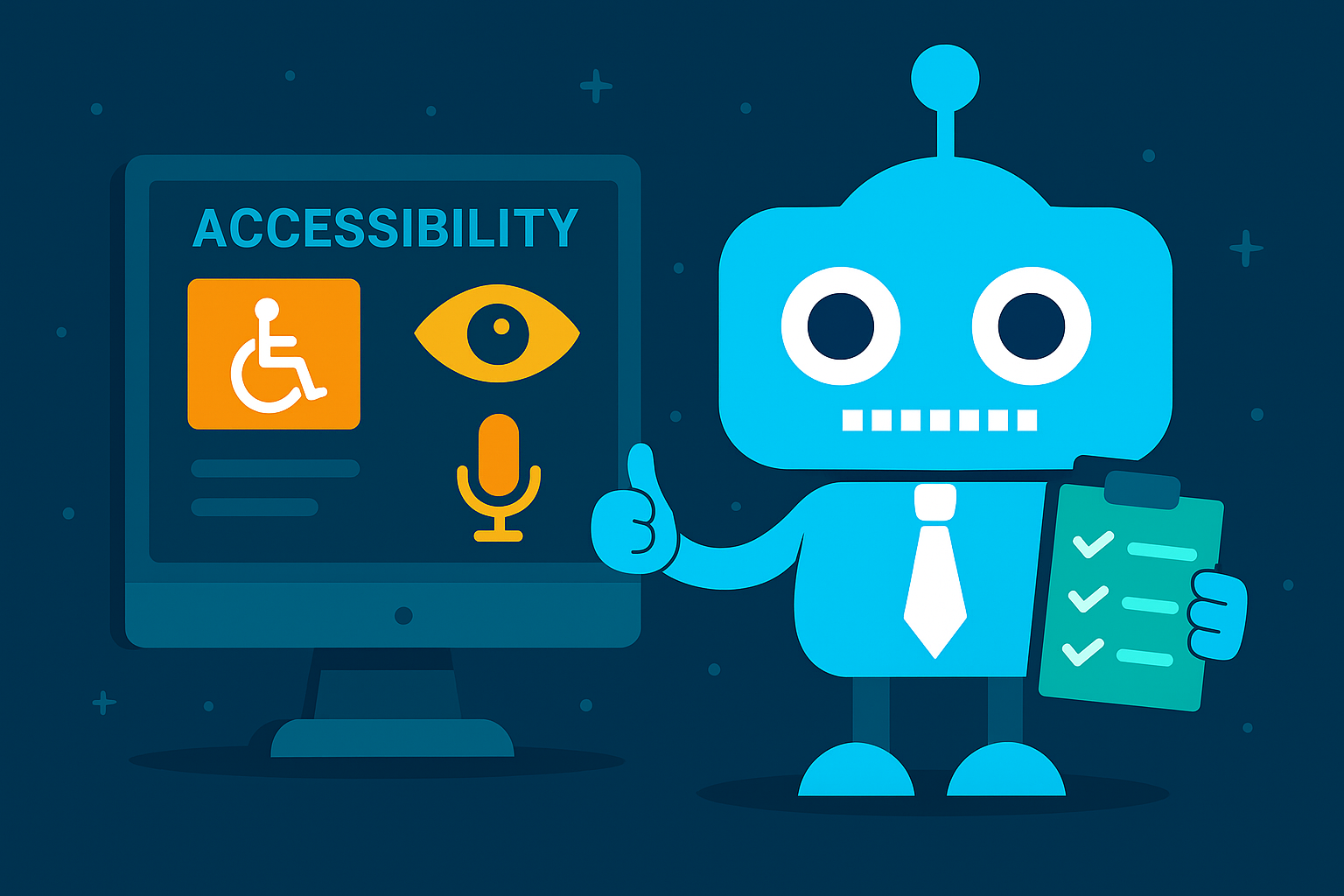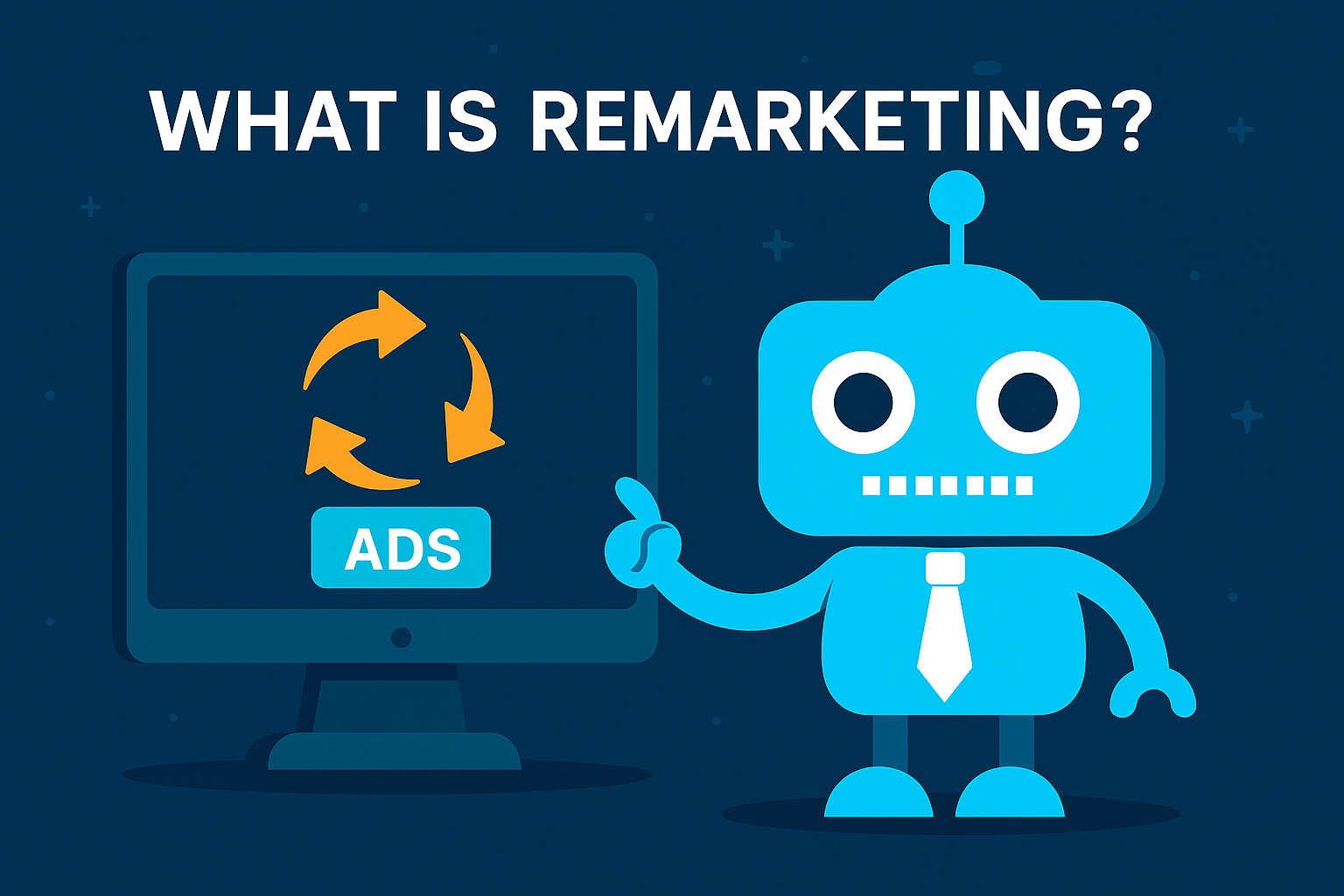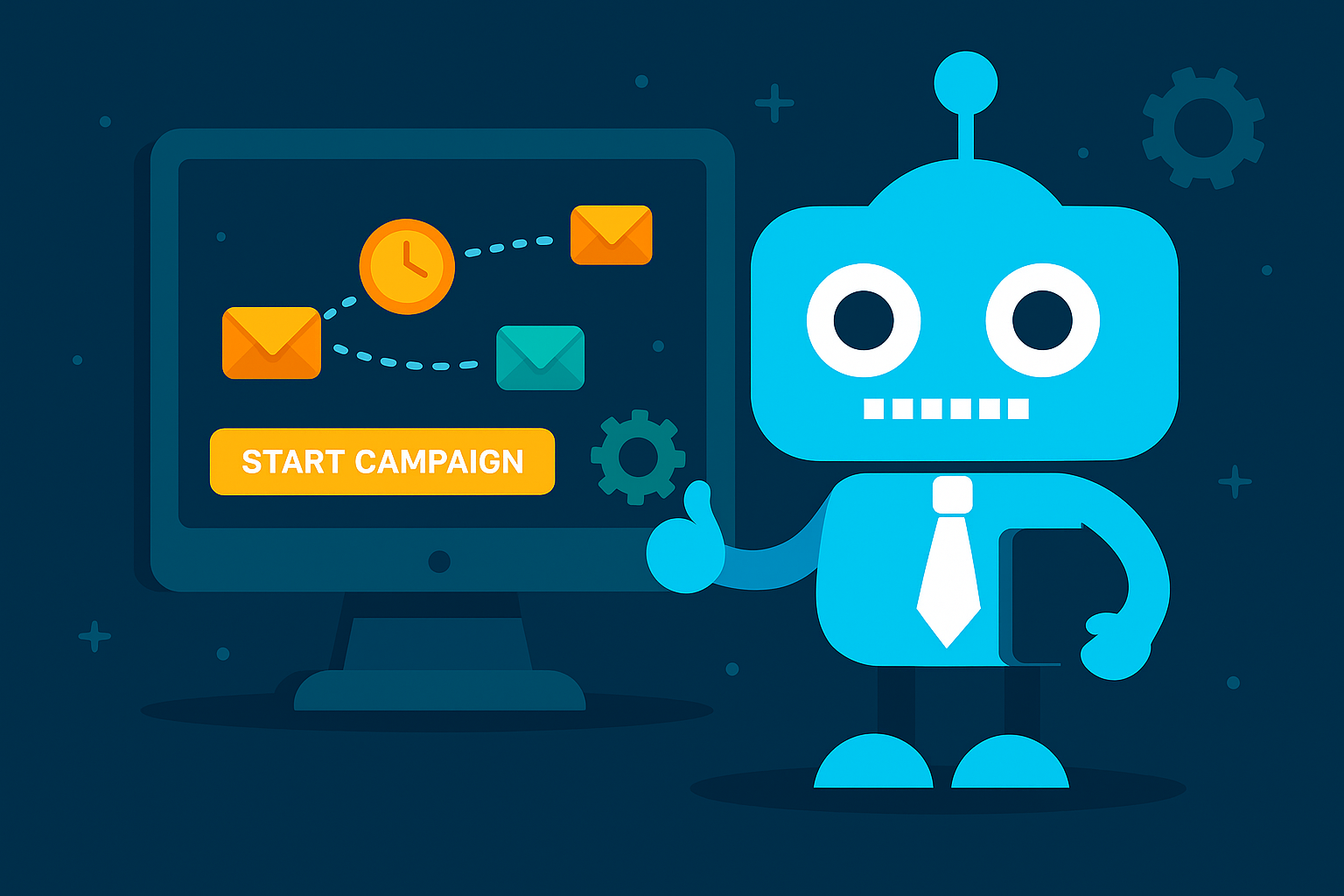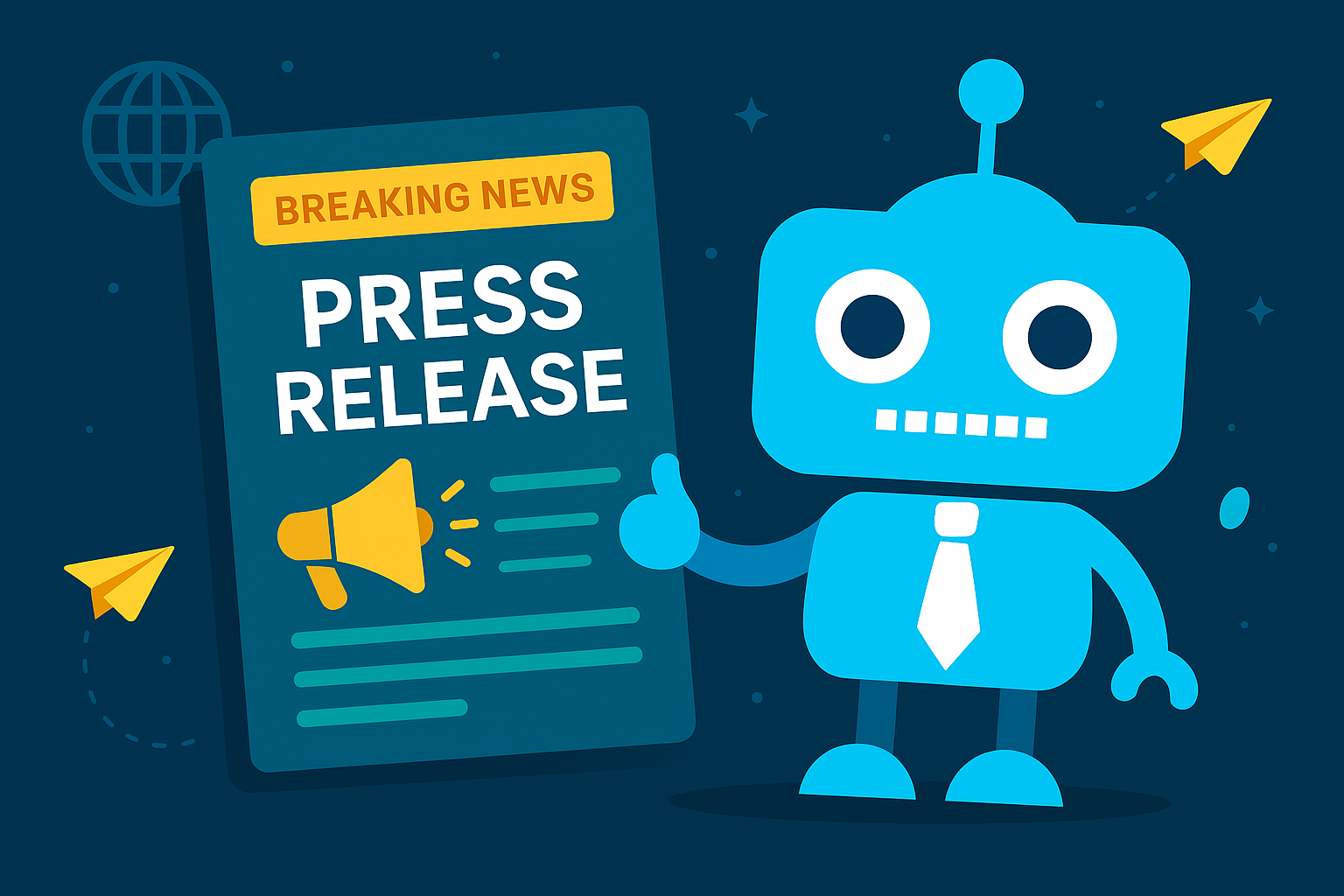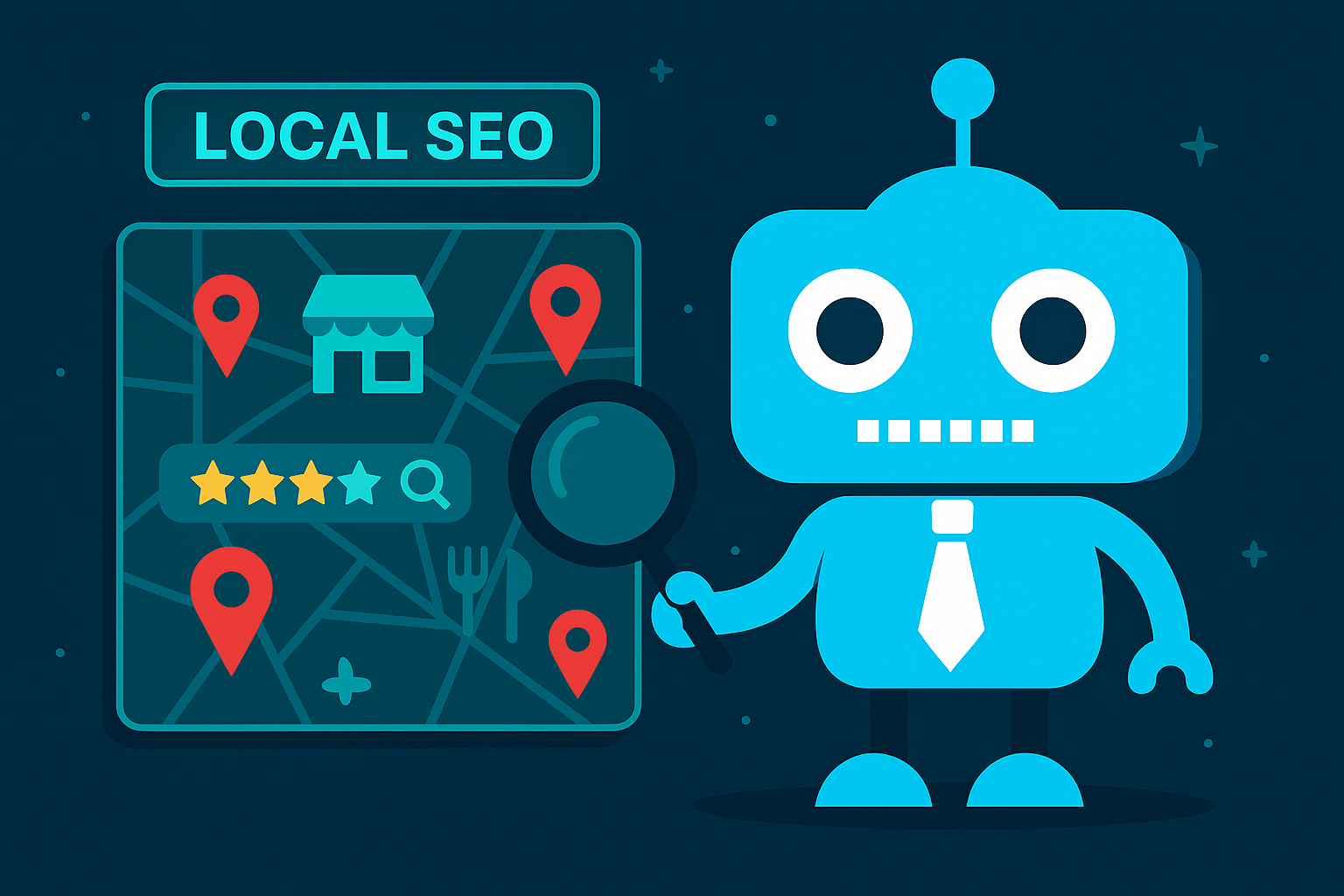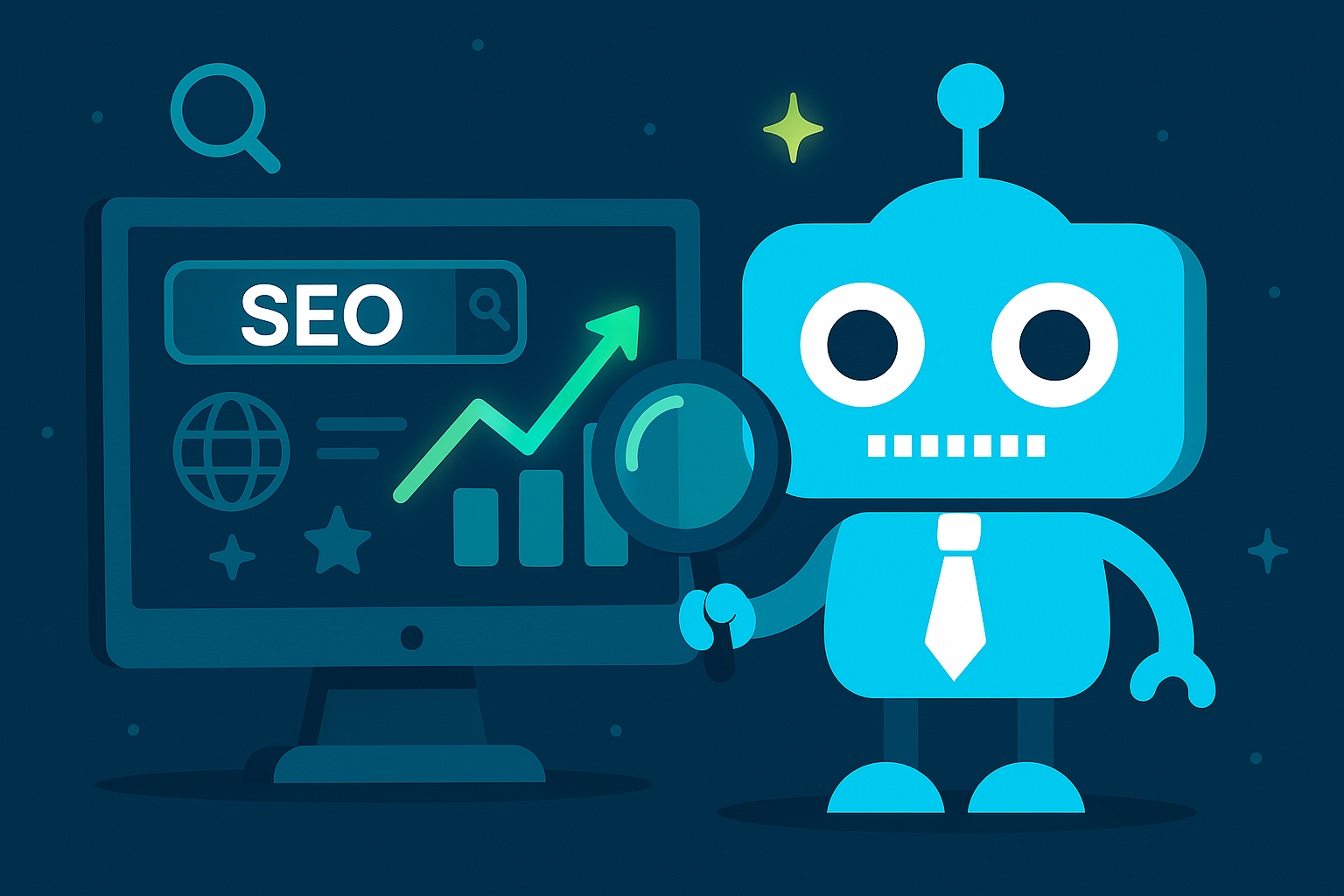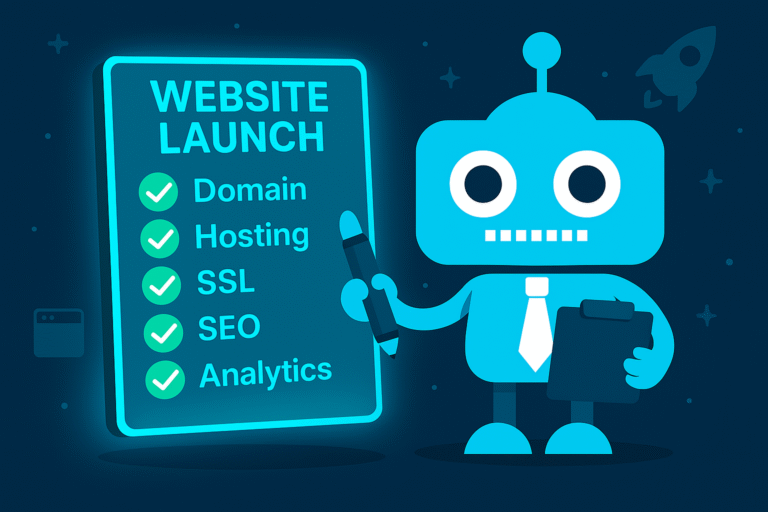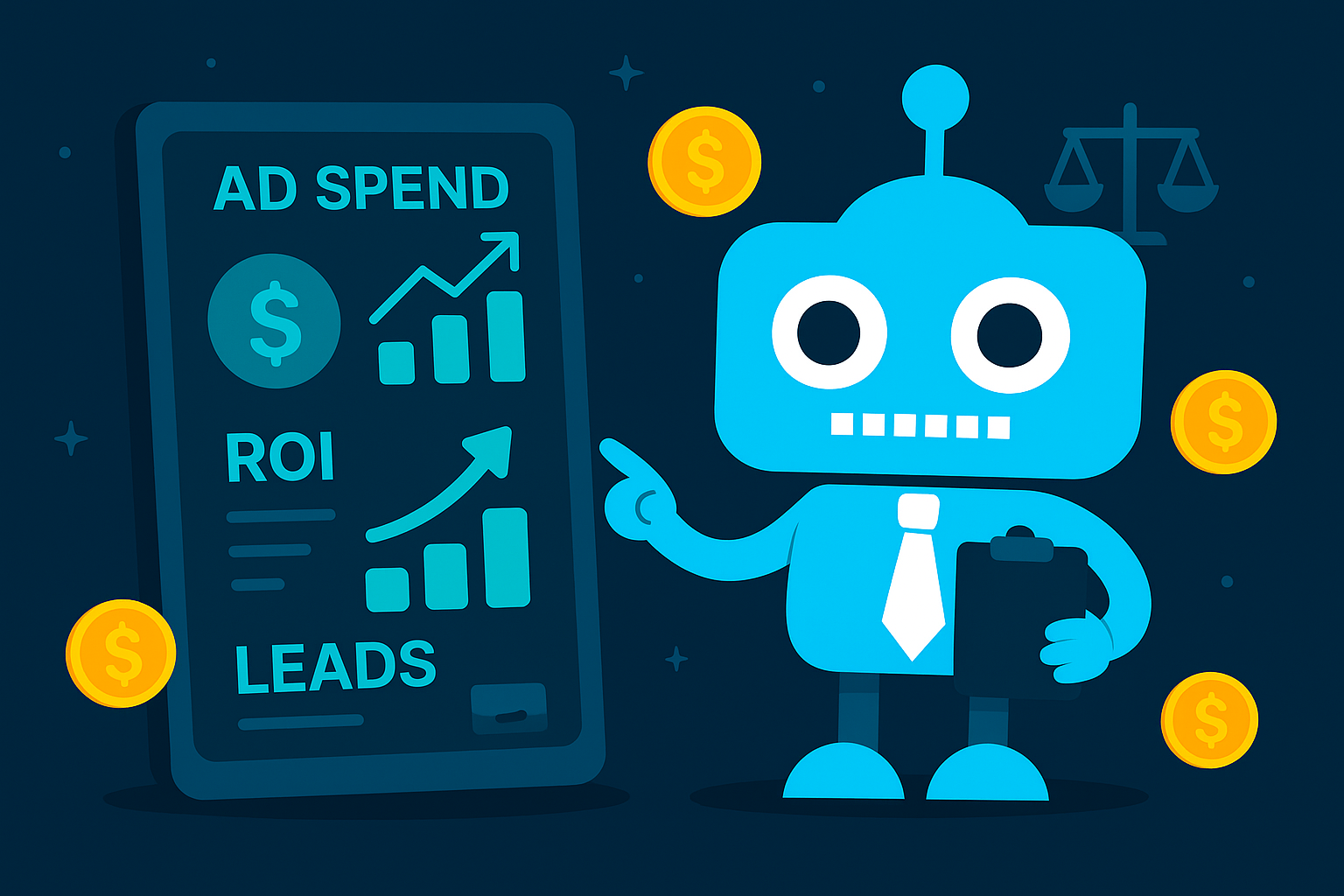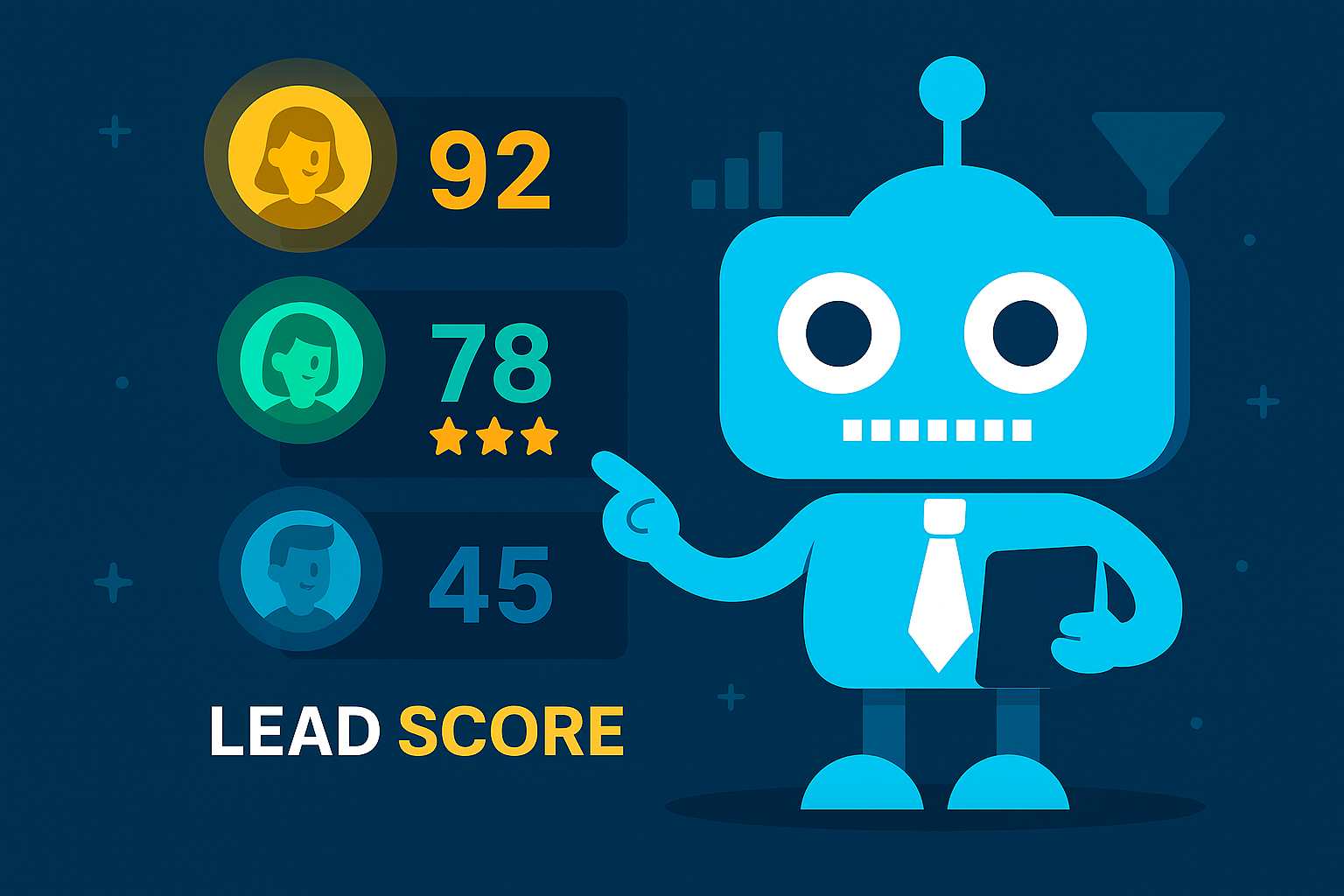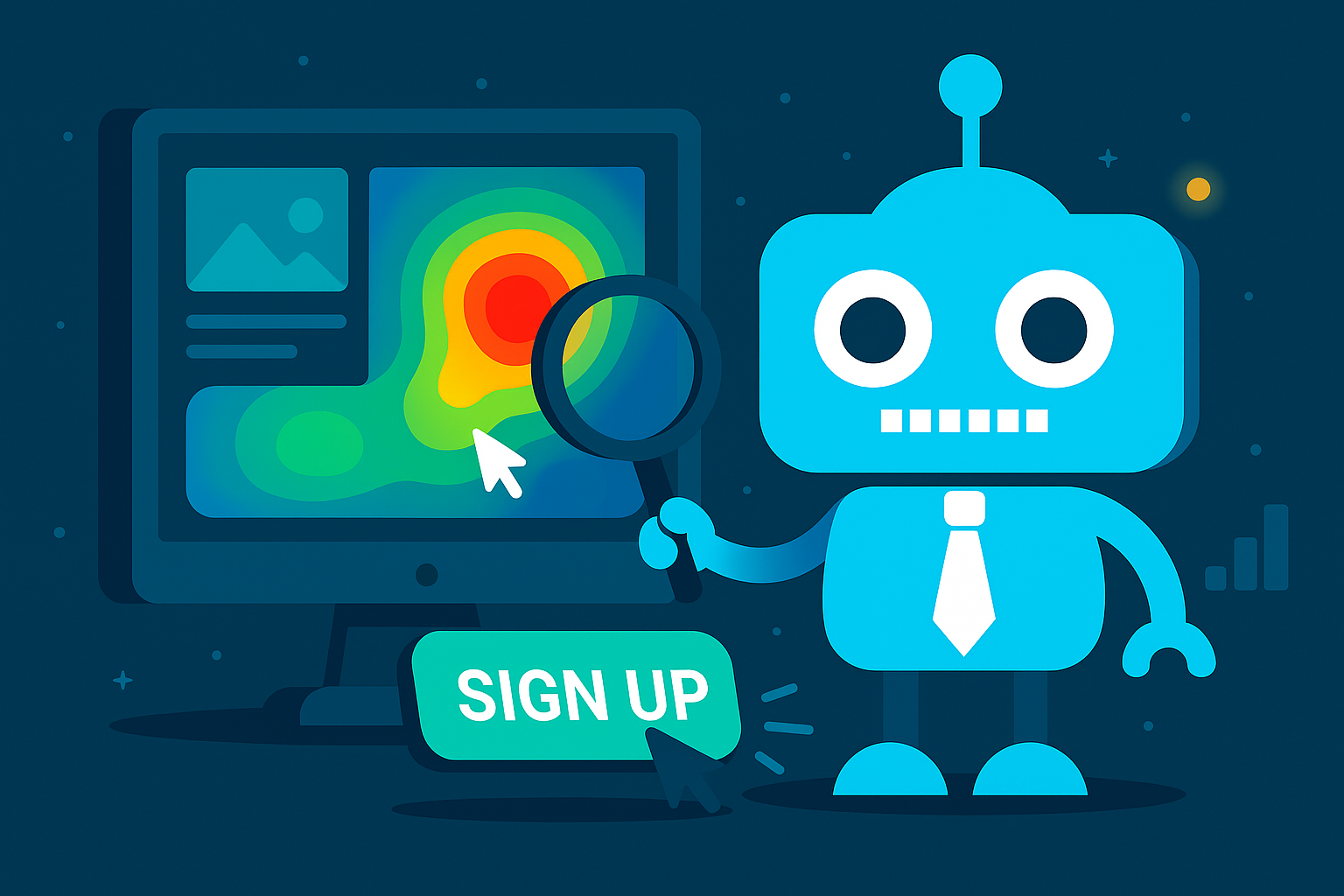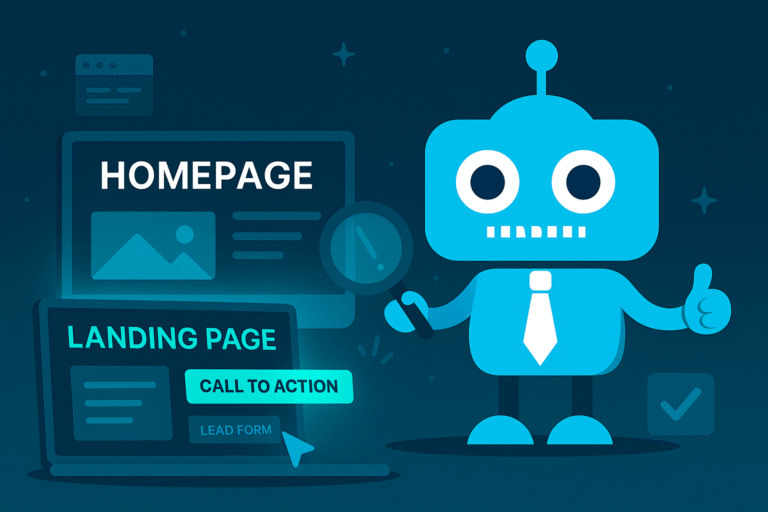When you build a website, you’re not just creating something for people who can see, hear, and navigate easily — you’re creating a digital space for everyone. Accessibility in web design ensures that people with disabilities can use your site effectively, whether they rely on screen readers, voice navigation, or assistive technology. It’s about inclusivity, usability, and responsibility.
What Is Accessibility in Web Design?
Accessibility in web design refers to the practice of creating websites that are usable by people of all abilities and disabilities. It involves designing and developing your website so everyone — including those with visual, auditory, cognitive, or physical impairments — can easily navigate and interact with your content.
This includes ensuring your site works with assistive technologies such as screen readers, keyboard-only navigation, and voice recognition software.
Why Accessibility Matters
Accessibility is about more than compliance — it’s about creating equal access for all users. It benefits both your audience and your business by improving usability, reach, and brand reputation.
- Inclusivity: Everyone should have equal access to your website’s content and services.
- Better User Experience: Accessibility improvements often make websites easier to use for all visitors.
- SEO Benefits: Search engines favor sites that are well-structured and optimized for readability.
- Legal Compliance: Many countries, including the U.S., require ADA (Americans with Disabilities Act) compliance for public websites.
- Brand Trust: Accessible design shows that your business values every customer.
Key Elements of Accessible Web Design
Making your website accessible doesn’t have to be complicated. It starts with following the WCAG (Web Content Accessibility Guidelines) — a global standard for accessibility.
- Text Alternatives: Use alt text for images so screen readers can describe visuals.
- Keyboard Navigation: Ensure all menus and forms can be accessed without a mouse.
- Color Contrast: Use sufficient contrast between text and background colors for readability.
- Readable Fonts: Choose clear, legible typefaces and appropriate sizes.
- Captions & Transcripts: Include captions for videos and transcripts for audio content.
- Form Labels: Clearly label form fields for users with assistive technology.
These adjustments not only help users with disabilities but also enhance the experience for everyone — especially mobile users or those with slow connections.
How Accessibility Helps Your Business
- Reach a Wider Audience: Over 1 billion people globally live with some form of disability.
- Boost SEO: Accessible websites tend to rank higher in Google search results.
- Improve Conversions: Better navigation and clarity lead to more engagement and sales.
- Protect Against Legal Risk: ADA-related lawsuits for inaccessible websites are increasing.
At CreateTheSite.com, we design every website with accessibility built in — ensuring compliance with WCAG and ADA standards while keeping your brand’s look and feel intact.
Testing for Accessibility
Accessibility testing ensures your website works for everyone. Tools like WAVE, axe DevTools, and Google Lighthouse can help identify issues such as missing alt tags, poor color contrast, or inaccessible forms.
We perform accessibility audits during our web design process and provide ongoing support to keep your site compliant as technology evolves.
Common Accessibility Mistakes
- Missing alt text on images
- Low color contrast
- Unlabeled form fields
- Pop-ups that block navigation
- Videos without captions
Small oversights like these can make your website difficult — or even impossible — for some users to navigate.
Frequently Asked Questions
What does accessibility mean in web design?
It means making your website usable for everyone, including people with disabilities who may rely on assistive technologies like screen readers or keyboard navigation.
Why is accessibility important for small businesses?
Accessibility expands your audience, boosts your SEO, and helps you avoid potential legal issues related to ADA non-compliance.
What laws apply to website accessibility?
In the United States, the ADA (Americans with Disabilities Act) and Section 508 require accessibility for public-facing websites.
Can CreateTheSite.com make my website accessible?
Absolutely. Every website we build follows accessibility best practices — from color contrast to alt tags — ensuring compliance and usability for all visitors.
Final Thoughts
Accessible web design is good business. It improves user experience, expands your audience, and demonstrates that your brand values inclusion. It’s not just a legal requirement — it’s a competitive advantage.
Want an accessible, ADA-compliant website? Let CreateTheSite.com build and host your website with accessibility and performance in mind. Get Started Today.

